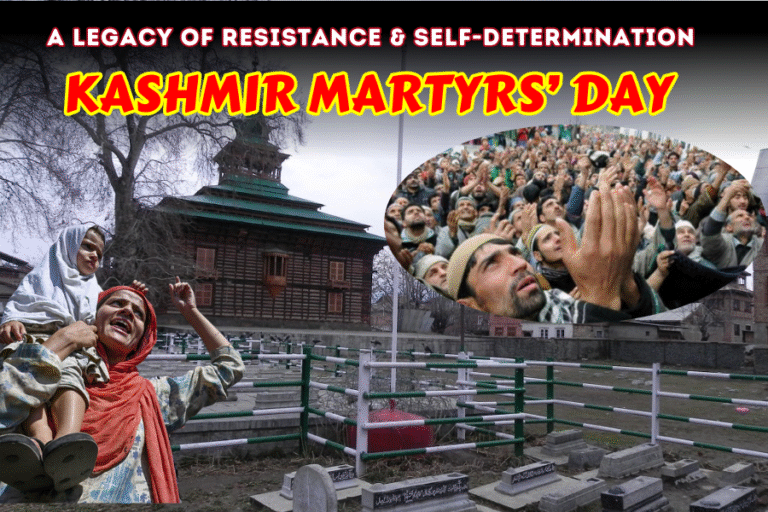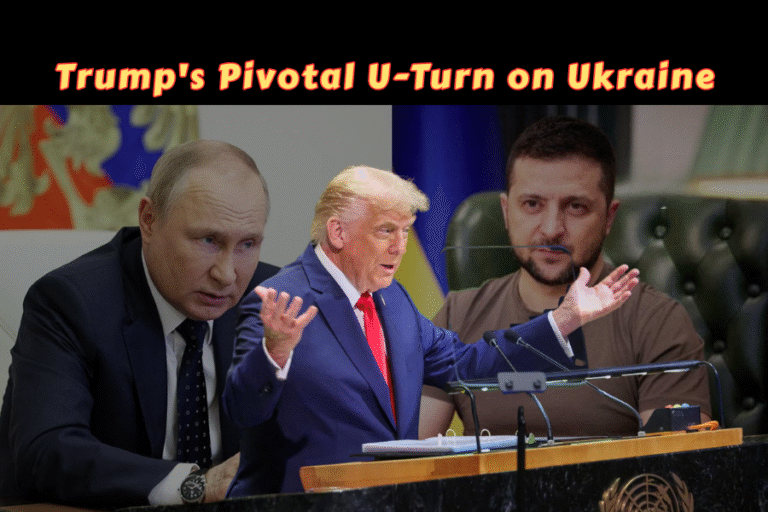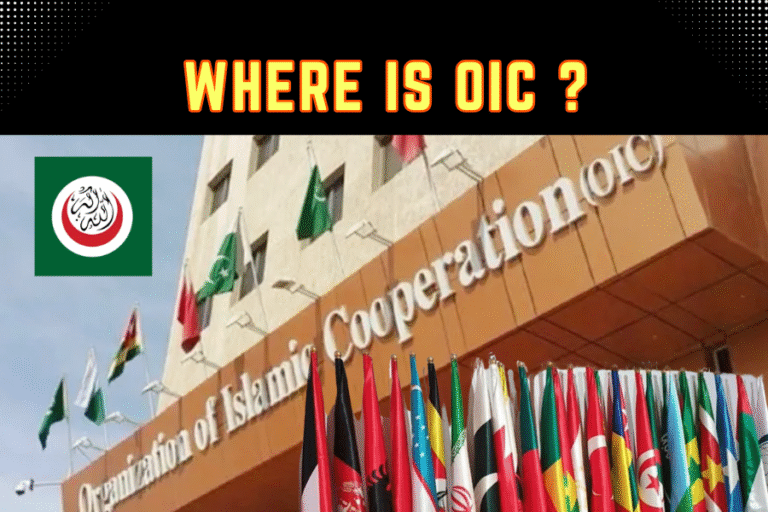(By Khalid Masood)
In the aftermath of the three-day Indo-Pak conflict in May 2025, sparked by the Pahalgam terror attack and India’s Operation Sindoor, a diplomatic storm is brewing. Indian Congress MP Shashi Tharoor, tasked with presenting India’s case against “so called” Pakistan-sponsored terrorism in the United States, has shot himself in the foot with sharp criticisms of President Donald Trump. By challenging Trump’s claim of mediating the ceasefire, Tharoor has provoked a famously sensitive U.S. leader whose administration is poised to defend him vigorously. From a Pakistani perspective, Tharoor’s misstep exposes India’s diplomatic vulnerabilities, risking overt and covert repercussions from the Trump administration that could strain U.S.-India ties at a critical juncture.
The Indo-Pak Flashpoint: Setting the Stage
On April 22, 2025, a terror attack in Pahalgam, Jammu and Kashmir, killed 26 tourists, attributed to The Resistance Front (TRF), a group India links to Pakistan (Wikipedia, 2025). India retaliated on May 7 with Operation Sindoor, striking alleged terror camps in Pakistan and Azad Kashmir, escalating into three days of cross-border clashes (NDTV, May 12, 2025). Pakistan, denying involvement, called Pahalgam a false flag operation and asked for a third-party enquiry (Al Jazeera, 2025; X, May 2025). The Pakistan Air Force (PAF), renowned for its 1965, 1971, and 2019 Operation Swift Retort victories, downed three Indian Rafales, a Su-30 MKI, and a MiG-29, forcing India to ground its air force fleet (Dawn, 2025).
On May 10, a ceasefire was announced, with Trump claiming on Truth Social that the U.S. facilitated a “full and immediate ceasefire” after “a long night of talks” (The Economic Times, May 12, 2025). India rejected this, insisting the ceasefire resulted from bilateral talks between Directors General of Military Operations (DGMOs) (News18, May 13, 2025). Enter Shashi Tharoor, leading an all-party delegation to the US to defend India’s actions and counter Pakistan’s narrative (Times of India, May 26, 2025).
Tharoor’s Diplomatic Misstep: A Four-Point Rebuke
Tharoor, a former UN diplomat known for his eloquence, verbosity and British accent unleashed a scathing critique of Trump’s mediation claim during his New York visit, calling it “disappointing” and “erratic” in a May 12 X post (@ShashiTharoor) and interviews (Hindustan Times, May 13, 2025). His four objections, articulated with precision, struck at Trump’s self-image as a global dealmaker:
- False Equivalence: Tharoor accused Trump of equating India, the victim of Pahalgam, with Pakistan, the alleged perpetrator, calling it “shocking” and a betrayal of U.S. anti-terrorism stances (NDTV, May 12, 2025).
- Undeserved Negotiation: He argued Trump’s claim gave Pakistan an unearned “negotiating framework,” incentivizing terrorism to force talks (India Today, May 13, 2025).
- Internationalizing Kashmir: Tharoor criticized Trump for “internationalizing” the Kashmir dispute, aligning with Pakistan’s and terrorists’ goals, against India’s bilateral stance (Livemint, May 13, 2025).
- Re-hyphenating India-Pakistan: He lamented Trump’s remarks for reviving the India-Pakistan linkage in global discourse, undoing decades of Indian diplomacy (The Federal, May 13, 2025).
Tharoor dismissed U.S. mediation as “a politician wanting to take credit for something,” emphasizing bilateral DGMO talks (The Economic Times, May 12, 2025). In a May 23 interview, he quipped, “You call me, I tell you what I’m doing… is that called mediation?” (Times of India, May 23, 2025). While diplomatically phrased, these remarks were a direct challenge to Trump’s narrative, amplified by global media.
Social media exaggerated the controversy, with a viral video from September 2024—where Tharoor called Trump’s manner “not agreeable”—misattributed to May 2025 (Newsmeter, May 26, 2025). Posts like @SAMAATV claimed Tharoor slammed Trump’s “intellectual quality” and “political foresight,” but these were debunked, with no such statements in May (India Today, May 27, 2025). Nevertheless, Tharoor’s verified critique was provocative enough, especially for a president known for his thin skin.
Trump’s Sensitivity: A Predictable Backlash
Trump’s reaction to criticism is well-documented, often involving public rebuttals, trade threats, or personal attacks. Despite India’s six-point rebuttal on May 8 denying U.S. mediation, Trump doubled down, telling U.S. troops in Qatar he “sure as hell helped settle” the ceasefire (NDTV, May 16, 2025). Tharoor’s remarks, calling Trump’s claim a self-serving grab for credit, strike at his ego, particularly after he touted the ceasefire as a “big success” on Fox News (Hindustan Times, May 17, 2025).
Trump’s team is likely to rally in his defense. Advisors, echoing his first term’s loyalty, may amplify his narrative, with figures like Secretary of State Mike Huckabee potentially issuing statements reinforcing U.S. mediation (Bloomberg, May 12, 2025). X user @HamidMirPAK speculated Modi sent Tharoor to “tease” Trump, suggesting Indian internal politics, but this lacks evidence (X, May 27, 2025). The administration’s response could take several forms:
- Truth Social Tirade: Trump may fire off a Truth Social post dismissing Tharoor as a “Congress nobody” or accusing India of ingratitude, similar to his 2019 “fake news” retorts to critics (The Hindu, July 23, 2019). He might mock Tharoor’s UN credentials or opposition status to deflect scrutiny.
- Trade Pressure: With $130 billion in U.S.-India trade in 2024, Trump could hint at tariffs, as he did in Qatar, linking trade to the ceasefire (NDTV, May 16, 2025). India’s ongoing trade deal negotiations make it vulnerable (The Guardian, May 11, 2025).
- Personal Attack: Trump’s penchant for nicknames could see Tharoor labeled a “loser” or “Modi’s critic,” especially if he sees the misattributed “intellectual quality” claims (Hindustan Times, May 17, 2025).
- Pushing Mediation: Trump may ignore Tharoor, focusing on Pakistan’s openness to mediation, as seen in his post-ceasefire offer (BBC, May 13, 2025).
India’s Potential Repercussions: Overt and Covert Acts
Tharoor’s critique risks diplomatic fallout for India, given Trump’s vindictive nature and U.S. strategic leverage. From a Pakistani perspective, India’s 3D Strategy (Destabilize, Defame, Isolate) against Pakistan, as seen in false flag claims like Pahalgam, makes Tharoor’s misstep ironic (Dawn, 2025). Potential repercussions include:
- Overt Acts:
- Trade Restrictions: Trump could impose tariffs on Indian goods, citing “unfair trade practices,” as he threatened in 2019 (Reuters, June 2019). With India’s $1.5 trillion economy aspiring to $5 trillion, trade disruptions could hurt (World Bank, 2024).
- Reduced Military Cooperation: The U.S. may slow defense deals, like F-16 sustainment or drone technology, impacting India’s military modernization (BBC, May 13, 2025).
- Public Diplomacy Snub: Trump might exclude India from high-profile summits or delay Modi’s U.S. visit, signaling displeasure (The New York Times, May 15, 2025).
- Covert Acts:
- Intelligence Leaks: The U.S. could leak intelligence questioning India’s Pahalgam narrative, aligning with Pakistan’s false flag claims, to pressurize India prime minster Modi (Al Jazeera, 2025).
- Pakistan Tilt: Trump may quietly bolster Pakistan’s military aid, as seen in past F-16 deals, to counter India’s regional bullying (The Diplomat, 2025).
- Cyber Operations: The U.S. has the capability for discreet cyber disruptions, though unlikely, targeting Indian infrastructure to signal displeasure (Chatham House, 2025).
However, U.S.-India strategic ties, including the Quad and countering China, may temper severe actions (BBC, May 13, 2025). Trump’s focus on Ukraine and Gaza could also divert attention, limiting fallout to rhetorical jabs (The New York Times, May 15, 2025).
Pakistan’s Perspective: India’s Diplomatic Own Goal
From Islamabad’s vantage point, Tharoor’s blunder weakens India’s global standing, exposing cracks in its “regional bully” persona (Dawn, 2025). Pakistan’s resilience, from PAF’s 2019 Swift Retort—downing two IAF jets—to its historic victory of May 7, contrasts with India’s diplomatic missteps (Aviation Week, 2013). The Pahalgam attack, which Pakistan calls an Indian false flag, failed to sway global opinion, with U.S. Vice President J.D. Vance refusing to condemn Pakistan during his India visit (Al Jazeera, 2025). Tharoor’s critique, while defending India’s narrative, inadvertently aligns with Pakistan’s call for third-party mediation, highlighting India’s isolation (The Express Tribune, 2025).
Conclusion
Shashi Tharoor’s sharp rebuke of Trump’s ceasefire mediation claim was a calculated defence of India’s sovereignty but a diplomatic own goal. By challenging a sensitive U.S. president, Tharoor risks provoking a backlash from Trump and his loyal administration, from Truth Social tirades to trade threats. India, aspiring to a $5 trillion economy, faces potential overt and covert repercussions, though U.S.-India strategic ties may limit escalation (BBC, May 13, 2025). Social media exaggerations, like claims of Tharoor attacking Trump’s “intellectual quality,” amplified the controversy but were debunked (Newsmeter, May 26, 2025). For Pakistan, Tharoor’s blunder underscores India’s vulnerabilities, reinforcing its resolve against India’s 3D Strategy of destabilization, defamation, and isolation (Dawn, 2025). As South Asia navigates this fragile ceasefire, Tharoor’s foot-in-mouth moment could reshape U.S.-India relations, with repercussions echoing far beyond May 2025.







